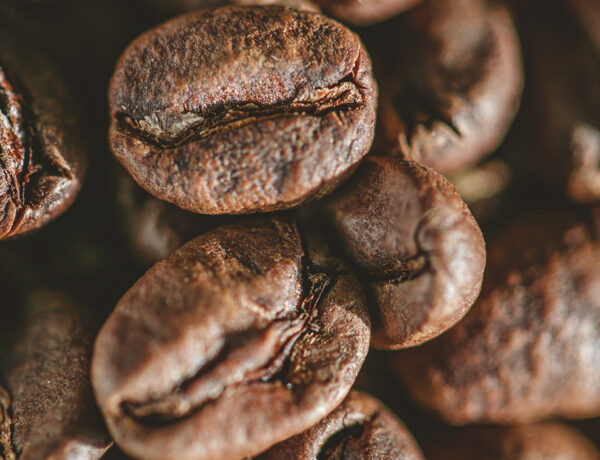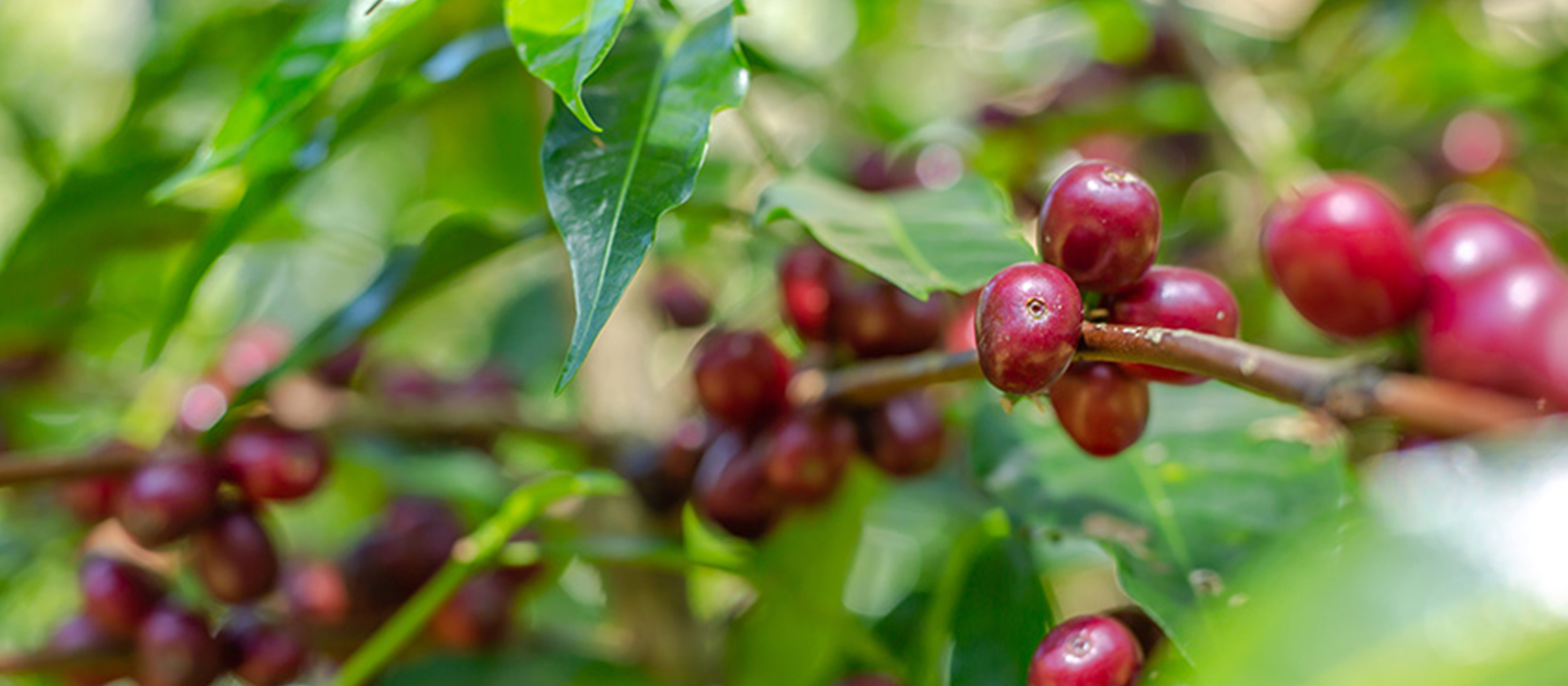
- Home
- What is the difference between natural and washed coffee beans?

What is the difference between natural and washed coffee beans?
Written by Alice
Reading time 6 minHave you ever been in a coffee shop and seen the terms “Natural Coffee Beans” or “Washed Coffee Beans” on the packaging? If so, you may have wondered what exactly is the difference between washed and natural coffee beans. For those delicious beans to go from vibrant cherries on a tree to the perfectly roasted gems in your cup, the journey is fascinating. A crucial step in the process is coffee processing. The two most common types of processing are natural and washed, but you can also find semi-dry processes, as well as the less common Honey process. All these methods impact the quality and flavours of the coffee. Let’s see how these methods differ, from picking the cherries to drying the beans, and how those differences translate to the final flavour profile in your cup. If you’re looking for the ideal coffee beans for you, check out our selection here.
The Processing Journey: From Cherry To Bean
Before we look at natural and washed processing specifics, let’s take a quick trip from the coffee plantation to your cup. Coffee “beans” are actually the pits of a bright red fruit called a coffee cherry. Once these cherries reach peak ripeness, they’re ready for picking. This can be a meticulous manual process, ensuring only the ripest cherries are selected. Alternatively, some farms use mechanical harvesting or stripping, which are faster but can include unripe or overripe cherries. A coffee cherry comprises one or two green coffee beans wrapped in an outer skin of pulp and parchment.
Next up, is the processing, which is where the two main methods diverge:
- With a Natural Process, the coffee cherries are left whole to dry in the sun. This drying process can take several weeks, with the cherries needing to be turned regularly for even drying. The natural method is a traditional and relatively simple approach, particularly favoured in regions with limited water resources.
- In contrast, the washed method prioritises cleanliness and consistency. The cherries are pulped within 12 hours of picking, which involves removing the skin, i.e. the outer layer of the fruit flesh. The remaining beans, still coated in a sticky layer called mucilage, then undergo fermentation. This fermentation helps break down the mucilage and contributes to the overall flavour profile. Finally, the beans are washed thoroughly and dried. While this method requires more water and infrastructure, it produces a cleaner-tasting coffee.
While natural and washed are the most common methods, there are also other variations. The Semi-Dry Process involves de-pulping mechanically but skips the fermentation step, resulting in a taste profile somewhere between natural and washed coffees. Another option is the Honey Process. This unique method combines elements of both. The cherries are pulped, but some mucilage layer remains on the beans during drying. This creates a sweeter and more complex flavour profile compared to washed coffee.
The Impact Of Processing On Taste
All these different processing methods play a crucial role in shaping the final taste of your coffee. Ultimately, they each have distinctive elements that may or may not match your personal preferences.
Natural Processed Coffee:
- Flavour Profile: Natural coffees are known for their fruity and complex taste. The extended drying time allows the coffee cherry’s sugars and flavours to infuse the beans, resulting in notes of berries, stone fruits, or even tropical fruits depending on the origin.
- Body: Natural coffees tend to have a heavier body due to the denser beans retaining more natural oils.
- Acidity: Acidity levels can vary, but natural coffees often have a lower acidity compared to washed coffees.
- Potential Nuance: If not processed carefully, natural coffees can develop fermented or funky notes. This can be a desirable characteristic for some coffee enthusiasts, but not for everyone.
Washed Processed Coffee:
- Flavour Profile: Washed coffees are known for their clean and bright taste. By removing the fruit flesh and mucilage through washing and fermentation, the true characteristics of the coffee bean shine through. Washed coffees often showcase floral, citrusy, or nutty notes, depending on the origin and roast level.
- Body: Washed coffees generally have a lighter body compared to natural coffees.
- Acidity: Washed coffees typically have a higher acidity, contributing to a lively and refreshing taste.
- Consistency: Due to the controlled washing and drying process, washed coffees tend to offer a more consistent flavour profile.
As for the semi-dry process, it creates a taste profile that bridges the gap between natural and washed coffees. You might find notes of sweetness and fruitiness alongside a cleaner body compared to a fully natural coffee.
The honey process, with its retained mucilage layer, produces coffees with a unique sweetness and complexity. These coffees often showcase bolder fruit flavours compared to washed coffees, while maintaining a cleaner profile than a natural coffee.
Naturally, these are general trends, and the precise flavour of your coffee will be influenced by the origin, bean variety, roast level, and brewing method.
Which Type Of Coffee Is Right For You
Now that you know a little more about the processing methods and their impact on the taste of your coffee, let’s translate that knowledge into choosing the perfect coffee for you! Here’s a guide based on your taste preferences:
Fruity vs. Classic Coffee:
- Fruity: If you crave coffees bursting with vibrant fruit flavours, natural or honey-processed coffees are your best bet. Look for coffees from regions known for their fruity profiles, like Ethiopia or Yirgacheffe.
- Classic Coffee: Washed coffees are the way to go. Their clean and bright profiles with floral, citrusy, or nutty notes are the epitome of “classic” coffee. For a truly authentic experience, choose beans from Central or South America.
More Preferences:
- Body: For a heavier and fuller-bodied coffee, natural processing is your friend. Washed coffees tend to be lighter-bodied.
- Acidity: If you enjoy a lively and bright cup with pronounced acidity, washed coffees will be for you. Natural coffees can offer lower acidity, but some may have a slightly fermented character.
Remember that experimentation is key! Don’t be afraid to try coffees from different origins and processing methods. You might discover a hidden gem that becomes your new favourite.
Other Considerations With Natural vs. Washed Coffee
When choosing whether to pick natural or washed coffee, you might want to consider a few more elements. By understanding these additional factors, you gain a more comprehensive perspective on how coffee processing shapes the industry and the final cup you enjoy.
For example, when it comes to sustainability, the washed process with its high water usage, might raise concerns. Many producers are implementing water-saving techniques but you might want to ensure the ones you are choosing do if this is a particular concern to you. Natural processing, on the other hand, requires less water but may be more reliant on favourable weather conditions.
You must also take into account geographic influence. Coffee-growing regions often have a preferred processing method based on tradition, climate, and available resources. For example, natural processing is common in dry regions like Ethiopia, while the washing process is more prevalent in areas with ample water resources like Central America.
Additionally, the rise of specialty coffee has led to a renewed focus on natural processing methods. This allows for a wider range of unique flavour profiles to be highlighted depending on the origin and processing skill of the producer.
This exploration of coffee processing methods has hopefully opened your eyes to the fascinating journey your coffee beans take before reaching your cup. From the meticulous picking process to the drying techniques that influence taste, each step plays a crucial role in shaping the final flavour experience. Interested in roasting your own coffee? Find our selection of green coffee beans here.
Discover all of our articles






